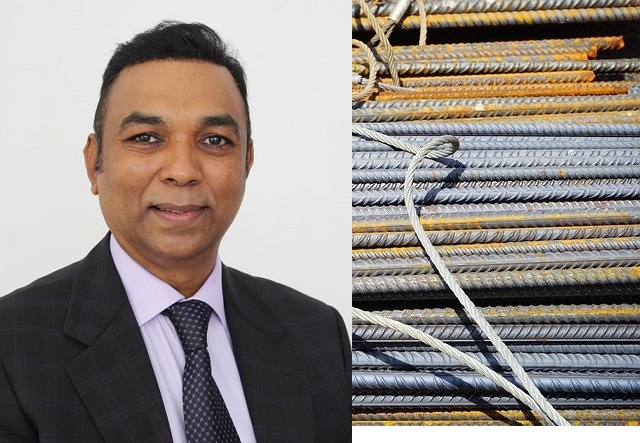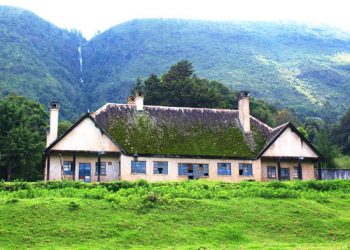Kenyans engaged in construction, fabrication and other projects requiring iron and steel have noted a more than 30 per cent increase in the cost of these raw materials in the last six months.
BOBBY JOHNSON, an insider in the industry, offers an insight as to why and what the government can do to make iron and steel affordable again.
Presently, China and India’s domestic iron ore supply shortage has pushed up the prices to a record high.
The World Bank estimates that iron ore prices will be 30 per cent higher this year compared to last year and consequently, lead to an increase in the cost of imported raw materials.
Closely linked to this is the impact of the weakening Kenyan shilling. The price of imported raw materials increased by at least 4 per cent on account of the exchange rate depreciation. The reason being, the shilling traded at an average of Ksh107.43 in May 2021 compared to Ksh103.74 in March last year.
Another contributing factor to the increasing prices is high transport and logistics costs. Following COVID-19 containment measures, sea freight cost rose by 57.14 per cent from $40 per tonne in March 2020 to $70 per tonne in May 2021.
Additionally, transport from Mombasa to Nairobi increased from $25 per tonne in March 2020 to $30 per tonne in May 2021, mainly attributed to the rise in diesel pump price.
The government can support the sector in three main ways. First, by reducing the cost of electricity to US cents 9/kWh. Electricity is a key input in the manufacturing process however, our electricity tariff stands at an average of US cents 18kWh for industrial consumers. The cost remains high in this region in comparison with our neighbours who have led to Kenya’s industrial sector remaining uncompetitive.
To enable access to quality, affordable and reliable energy, the government needs to strive to review the Time-of-Use policy to bring on board more industry beneficiaries by reworking a new baseline based on current industry consumption data to create predictability. Additionally, by reinstating the electricity rebate program.
Second, zero-rating Import Declaration Fee (IDF) and Railway Development Levy (RDL) for raw materials used in processing. The cost of imported industrial inputs is a key determinant of the industry’s competitiveness. Imported raw materials attract Import Declaration Fee (IDF) and Railway Development Levy (RDL) of 1.5% each, amounting to a cost-disadvantage of 3%. If both IDF and RDL are zero-rated, this will reduce the cost-competitiveness disadvantage.
We must unearth the potential of the sector by incentivizing local industries to harvest raw materials from local deposits of iron ore and coal. This however requires huge capital investments.
A few local industries have presently set out as pioneers to make this a reality. For them to succeed, the government must accord them all support to become competitive including banning exports of natural resources without being value-added (iron ore).
Ten years back, the steel sector was on its deathbed with many companies shutting down and turning their facilities into real estate. This trend has since changed following incremental government support to the sector in recent years, which led to the revival of the industry.
Specifically, the proactive protection of the sector through the imposition of tariffs on imports has been echoed by developed economies worldwide. We are now witnessing these economies imposing similar tariffs to nurture the growth of their steel industries.
Time is of the essence in nurturing the growth of the local steel sector and value chain, given its critical role in the modern economy. It is paramount that our policies look at supporting its growth, without which many of our developmental ambitions will be unsuccessful.
The writer is the Kenya Association of Manufacturers (KAM) Metal and Allied Sector Chair.



![Faith Muriungi, Senior Manager Underwriting at CIC Insurance [Photo/Courtesy]](https://financialday.co.ke/wp-content/uploads/2024/04/Faith-Muriungi-Senior-Manager-Underwring-360x180.jpg)
![[Photo/Courtesy]](https://financialday.co.ke/wp-content/uploads/2024/02/IMG_20240118_081149-360x180.jpg)

